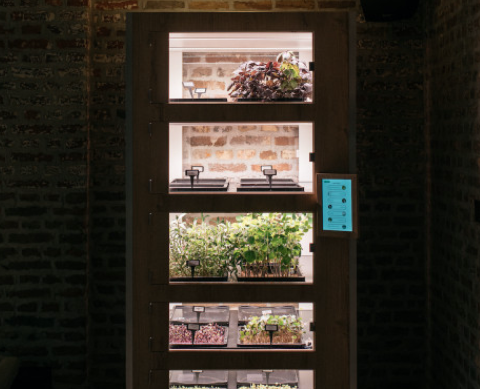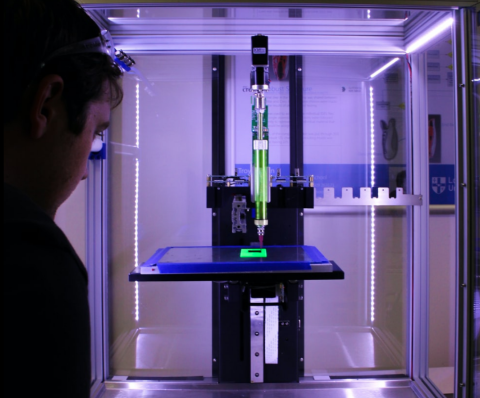Expo stations
This page is an introduction/teaser to the Food YZA expo.
When you visit one of the expo locations, you will be able to walk around and learn about 5 stations of the food supply chain, which include food production, food processing, food retail, food consumption and preparation, and food waste.
You will have an opportunity to learn about present and future visions of each of the 5 stations in order to compare them and see which one is better.
Below, you can read short descriptions of the stations in order to be prepared to what you will see when you come to visit us!
Station 1: Food Production
Food production contributes to +20% of out global CO2 footprint, represents 70% of the world's water consumption and uses 38% of the global land surface.
In order to feed 9.3 billion people by 2050, we need to produce 60% more food, while using less land, chemicals and protecting our natural resources. This is considered one of the biggest challenges of the coming decades.
In this station, we want to give a glimpse of how most of our food is currently being produced (outdoor farming), and showcase one of the new technologies that will be relevant in the future (vertical farming).


Station 2: Food Processing
In the food processing stage, fresh or raw foods are turned into food products in large food factories through the different types of methods such as: drying, pickling, salting, cooking, freezing, fermentation, pasteurization. In most cases, certain chemicals are also added to make it safe and to extend the life of the product in our fridge. Most of the processed foods we currently buy in the supermarket are industrially manufactured in food factories.
In this station, we want to showcase an example of one of the largest food factories in the world (McDonalds) and give a glimpse of a technology that might help us process foods differently in the future: A food 3D printer!
Station 3: Food Retail
Supermarkets currently provide convenience. We are able to eat fruits, vegetables, meats, and processed foods from all over the world, all year round. However, food travelling across the globe has an impact on the planet and creates dependencies on certain countries for food security. Accessing more locally and seasonally grown food in the coming years is a key to reducing the impact of global food supply chains.
At the same time, our shopping experiences are changing. The way we get our food in the city is changing, as we have more online grocery options than ever, which affects the food transport dynamics in the city as well.


Station 4: Food Consumption and Preparation
The COVID pandemic has accelerated our awareness and conversations about healthier choices in our lives, including food. Even though most people still choose their food based on taste, nutrition and healthy choices are increasingly becoming a part of the conversation. As a result, what we eat is also changing, so that healthier and more sustainable ingredients are becoming an essential part of our diets.
The aim of this station is to explain the importance of healthy choices in our diets as well as to present some of the future foods that will become part of our eating habits in the future.
Station 5: Food Waste
Food waste represents 8-10% of our global CO2 footprint. By tackling food waste problem we can greatly reduce the pressure on the environment and provide food security to millions of people in the coming years. Improved behavior, new technologies and more circular solutions will all contribute to reduction of the food waste in the future.
In this station, we want to present facts and data about where and how food waste is happening, and showcase some solutions that will increasingly be used in the future. As consumers we also have an important role in tackling food waste issue, so we hope to inspire you to join this food waste fight.

